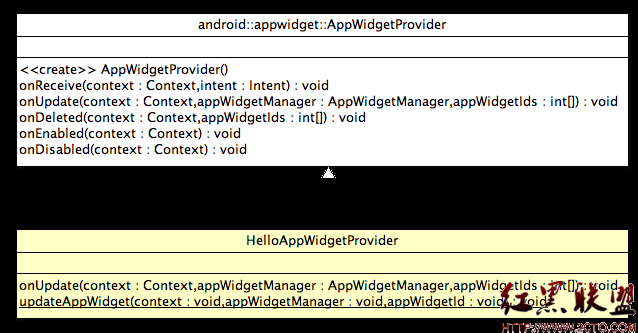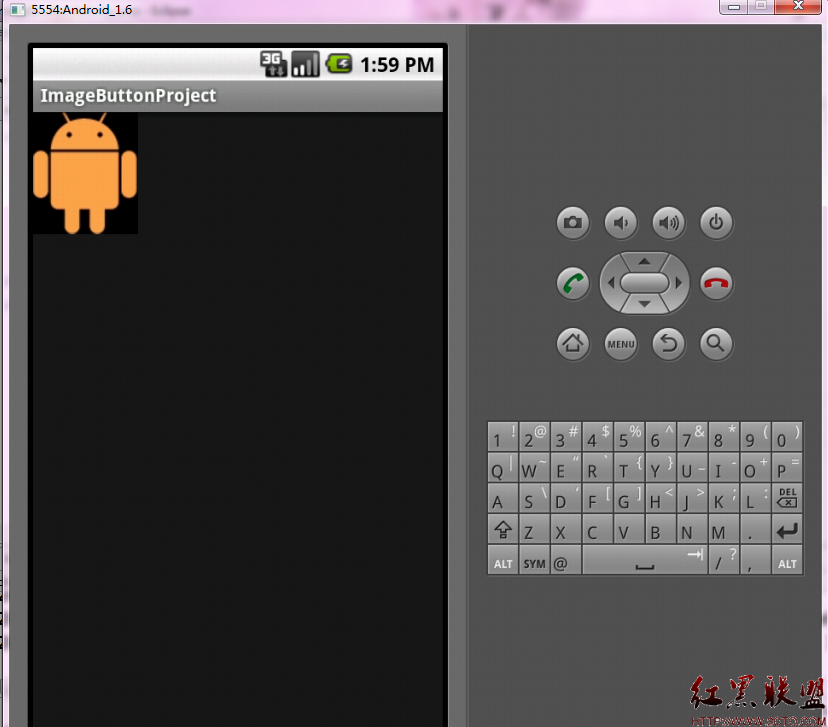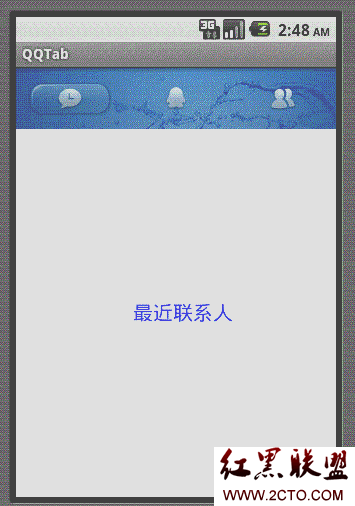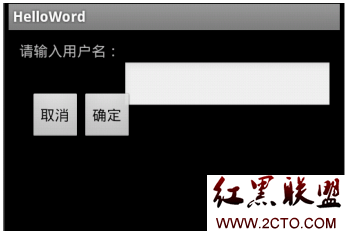Android ApiDemos示例解析(41):App->Service->Messenger Service
前面LocalService 主要是提供同一Application中组件来使用,如果希望支持不同应用或进程使用Service。可以通过Messenger。使用Messgener可以用来支持进程间通信而无需使用AIDL。
下面步骤说明里Messenger的使用方法:
在Service中定义一个Handler来处理来自Client的请求。
使用这个Handler创建一个Messenger (含有对Handler的引用).
Messenger创建一个IBinder对象返回给Client( onBind方法)。
Client 使用从Service返回的IBinder重新构造一个Messenger 对象,提供这个Messenger对象可以给Service 发送消息。
Service提供Handler接受来自Client的消息Message. 提供handleMessage来处理消息。
在这种方式下,Service没有定义可以供Client直接调用的方法。而是通过”Message”来传递信息。
本例Messenger Service 涉及到两个类 MessengerServiceActivities 和 MessengerService.
首先看看Service的定义,在MessengerService定义了一个IncomingHandler ,用于处理来自Client的消息。
[java]
/**
* Handler of incoming messages from clients.
*/
class IncomingHandler extends Handler {
@Override
public void handleMessage(Message msg) {
switch (msg.what) {
case MSG_REGISTER_CLIENT:
mClients.add(msg.replyTo);
break;
case MSG_UNREGISTER_CLIENT:
mClients.remove(msg.replyTo);
break;
case MSG_SET_VALUE:
mValue = msg.arg1;
for (int i=mClients.size()-1; i>=0; i--) {
try {
mClients.get(i).send(Message.obtain(null,
MSG_SET_VALUE, mValue, 0));
} catch (RemoteException e) {
// The client is dead. Remove it from the list;
// we are going through the list from back to front
// so this is safe to do inside the loop.
mClients.remove(i);
}
}
break;
default:
super.handleMessage(msg);
}
}
}
/**
* Handler of incoming messages from clients.
*/
class IncomingHandler extends Handler {
@Override
public void handleMessage(Message msg) {
switch (msg.what) {
case MSG_REGISTER_CLIENT:
mClients.add(msg.replyTo);
break;
case MSG_UNREGISTER_CLIENT:
mClients.remove(msg.replyTo);
break;
case MSG_SET_VALUE:
mValue = msg.arg1;
for (int i=mClients.size()-1; i>=0; i--) {
try {
mClients.get(i).send(Message.obtain(null,
MSG_SET_VALUE, mValue, 0));
} catch (RemoteException e) {
// The client is dead. Remove it from the list;
// we are going through the list from back to front
// so this is safe to do inside the loop.
mClients.remove(i);
}
}
break;
default:
super.handleMessage(msg);
}
}
}
然后使用这个IncomingHandler定义一个Messenger。
[java]
final Messenger mMessenger = new Messenger(new IncomingHandler());
final Messenger mMessenger = new Messenger(new IncomingHandler());
应为这种方法采用的“Bound” Service模式,onBind 需要返回一个IBind对象, 可以通过mMessenger.getBinder()返回与这个Messenger关联的IBinder对象,Client可以通过这个IBinder对象重新构造一个Messenger对象,从而建立起与Service之间的通信链路。
[java]
@Override
public IBinder onBind(Intent intent) {
return mMessenger.getBinder();
}
@Override
public IBinder onBind(Intent intent) {
return mMessenger.getBinder();
}
再看看Client 的代码MessengerServiceActivities 在 ServiceConnection的 onServiceConnected的定义,这个方法返回MessengerService 的onBind 定义的IBinder对象:
[java]
/** Messenger for communicating with service. */
Messenger mService = null;
....
public void onServiceConnected(ComponentName className,
IBinder service) {
// This is called when the connection with the service has been
// established, giving us the service object we can use to
// interact with the service. We are communicating with our
// service through an IDL inte易做图ce, so get a client-side
// representation of that from the raw service object.
mService = new Messenger(service);
mCallbackText.setText("Attached.");
// We want to monitor the service for as long as we are
// connected to it.
try {
Message msg = Message.obtain(null,
MessengerService.MSG_REGISTER_CLIENT);
msg.replyTo = mMessenger;
mService.send(msg);
// Give it some value as an example.
msg = Message.obtain(null,
MessengerService.MSG_SET_VALUE, this.hashCode(), 0);
mService.send(msg);
} catch (RemoteException e) {
// In this case the service has crashed before we could even
// do anything with it; we can count on soon being
// disconnected (and then reconnected if it can be restarted)
// so there is no need to do anything here.
}
....
/** Messenger for communicating with service. */
Messenger mService = null;
....
public void onServiceConnected(ComponentName className,
IBinder service) {
// This is called when the connection with the service has been
// established, giving us the service object we can use to
// interact with the service. We are communicating with our
// service through an IDL inte易做图ce, so get a client-side
// representation of that from the raw service object.
mService = new Messenger(service);
mCallbackText.setText("Attached.");
// We want to monitor the service for as long as we are
// connected to it.
try {
Message msg = Message.obtain(null,
MessengerService.MSG_REGISTER_CLIENT);
msg.replyTo = mMessenger;
mService.send(msg);
// Give it some value as an example.
msg = Message.obtain(null,
MessengerService.MSG_SET_VALUE, this.hashCode(), 0);
mService.send(msg);
} catch (RemoteException e) {
// In this case the service has crashed before we could even
// do anything with it; we can count on soon being
// disconnected (and then reconnected if it can be restarted)
// so there is no need to do anything here.
}
....
本例实现了Client与Service 之间的双向通信,因此在Client也定义了一个Messenger对象mMessenger,用于处理来自Service的消息。
有了 mService对象,就可以使用send向Service发送消息,如过需要Service 返回信息,可以定义message.replyTo 对象。

作者:mapdigit
补充:移动开发 , Android ,




